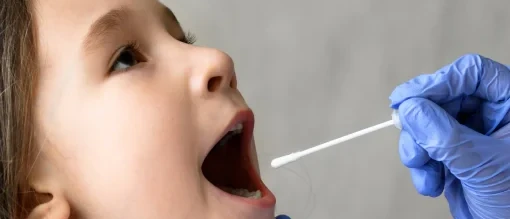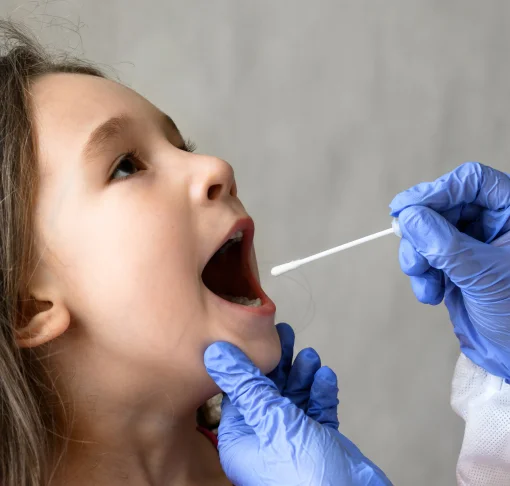Key Contamination Issues to Consider in Childcare Proceedings
In cases involving hair strand and nail drug testing of children's hair, it's crucial to understand the potential for external exposure and why children are particularly vulnerable to this issue. This is not just a technical matter but one that can significantly impact legal outcomes in family court, sometimes making the difference between a parent receiving a supervision order or facing criminal charges.
Why Children’s Hair Is More Susceptible to Contamination
Children, especially those who are very young, spend much of their time indoors and are often in close proximity to their parents or other caregivers. This constant proximity increases the likelihood of passive exposure to drugs through various means.
Passive Exposure
Children can be exposed to drug residues from environmental factors such as smoke or sweat. For instance, if a parent uses drugs like cocaine, even if the child is not directly involved, drug particles can settle on surfaces within the home. As children crawl, touch surfaces, share drug contaminated pillows or are held by someone who has handled drugs, their hair and nails can absorb these substances.
Hair Porosity
Additionally, children’s hair tends to be more porous than adult hair, meaning it can absorb substances from the environment more easily. This increased porosity makes children's hair particularly susceptible to external contamination, as it can trap drug particles from the air or surfaces more readily than adult hair.
Physical Contact
Children’s exploratory behaviour—crawling, touching, and cuddling —puts them at a higher risk of coming into contact with drug residues that might be present in their environment. This behaviour increases the chance that their hair will pick up contaminants from various surfaces, including cross contamination through being touched by their parents and relatives.
Why It Matters in Court Cases
The contamination of children's hair with drugs can have serious legal consequences. In family court cases, the presence of drugs in a child's hair sample can be misinterpreted as direct evidence of drug exposure, potentially leading to severe judgments against parents, such as criminal charges or loss of custody.
Risk of False Positives
Scientific studies, such as those highlighted in research by Romano, have shown that there is a significant risk of false positives due to external contamination. If a hair strand drug test shows a positive for drugs, it might not necessarily mean that the child was directly exposed to or ingested the drug. Instead, the positive result could be due to external contamination from their environment, such as contact with drug residues on household surfaces or through the skin of a caregiver.
Impact on Legal Outcomes
The misinterpretation of contaminated hair samples can dramatically alter the course of the case of the social services team of the local authority or even the court legal proceedings. A positive drug test result might lead to a case escalating from a supervision order at the family court to imprisonment at the criminal court, with potentially life-altering consequences for the whole family. Therefore, it is essential for social services and legal professionals to consider the possibility of contamination and to ensure that the testing process accounts for this risk.
Decontamination Procedures and Their Importance
To mitigate the risk of false positives, laboratories often perform decontamination procedures, such as hair washes, before conducting drug tests. These procedures are designed to limit external contaminants and ensure that the test results reflect only the substances that have been metabolised and incorporated into the hair from within the body.
However, not all labs use identical methodologies after decontamination. At AttoLife, for example, we routinely test both the child’s hair and the solution left over from the wash. If the wash turns out to carry significant levels of drugs than the actual hair, the chances are that the child was subject to environmental contamination, rather than having consumed the drug.
Conclusion
Given the potential for children’s hair to become contaminated with drugs from their environment, it is crucial for social workers and legal professionals to understand the limitations of hair strand testing in children and to consider the context in which the test was conducted. This understanding is vital in ensuring that the results are interpreted correctly, and that the legal outcomes are fair and just, particularly in cases involving the welfare of children.
If you would like to learn more about contamination in child custody cases, watch our on-demand contamination webinar, and check out our webinars page for upcoming sessions.
Head here to request a quote for drug and alcohol testing services in hair, nails and blood tests.
Explore Hair Strand Drug Tests
